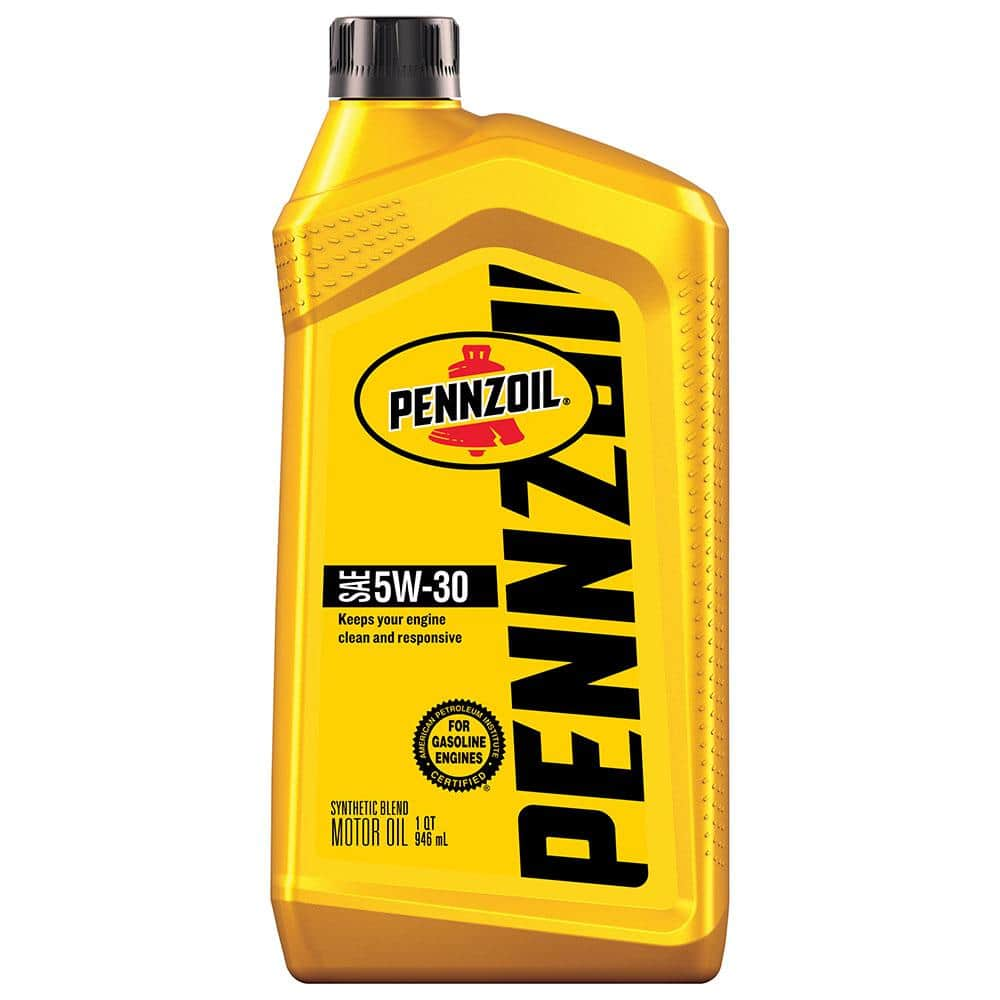When it comes to choosing the right motor oil for your vehicle, there are numerous factors to consider. One of the most important decisions you’ll need to make is selecting the right viscosity. Viscosity refers to the oil’s resistance to flow and is represented by the numbers on the container. In this article, we’ll focus on the ongoing debate between two popular viscosities: 10W30 and 5W30.
Understanding Motor Oil Viscosity
Before we delve into the debate, let’s first understand what these numbers mean. The first number, such as 10W or 5W, represents the oil’s cold temperature viscosity rating. The “W” stands for winter, indicating how well the oil flows at low temperatures. The second number, 30, denotes the oil’s high temperature viscosity rating. The higher the number, the thicker the oil is at operating temperature.

Credit: www.amazon.com

Credit: www.walmart.com
Advantages and Disadvantages of 10W30
10W30 is a multi-viscosity oil that provides good coverage in both hot and cold temperatures. The 10W rating means it flows well during start-up and provides sufficient protection in low temperatures. This is particularly important in regions with colder climates. Its high temperature rating of 30 ensures proper lubrication under normal driving conditions.
One of the advantages of 10W30 over 5W30 is that it tends to be more stable at higher temperatures. This makes it a suitable choice for vehicles that frequently operate in hot weather or undergo heavy loads, such as towing. Additionally, some older engines may benefit from the slightly thicker oil, as it can help reduce oil consumption and provide better protection against wear.
However, one disadvantage of 10W30 is that it may not flow as easily as 5W30 during cold weather start-ups. This can result in slower engine oil circulation, potentially leading to increased wear during the initial moments of operation. It’s important to note that these differences in flow are minimal and may not be noticeable to the average driver.
Advantages and Disadvantages of 5W30
5W30 is another popular motor oil viscosity, particularly recommended for newer vehicles. Its lower cold temperature viscosity rating ensures quick oil flow during start-up, reducing engine wear and promoting easier starting in colder climates. The 30 rating means the oil provides adequate protection in high temperatures, ensuring smooth engine operation under normal driving conditions.
One significant advantage of 5W30 is its ability to flow smoothly even in extremely low temperatures. This makes it an ideal choice for drivers living in colder regions. Additionally, the lower viscosity can contribute to increased fuel efficiency by reducing engine drag. Moreover, 5W30 is commonly recommended by vehicle manufacturers, ensuring compatibility and warranty compliance.
A potential disadvantage of 5W30 is its reduced stability at high temperatures compared to 10W30. In extreme heat or heavy load situations, the thinner oil may break down faster, leading to decreased protection and increased engine wear. However, for most daily driving situations, 5W30 is perfectly suitable.
Conclusion: The Verdict
When it comes to determining whether 10W30 is better than 5W30, there is no definitive answer. Ultimately, the choice depends on various factors, such as your vehicle type, driving conditions, and climate. Both viscosities have their advantages and disadvantages, and it’s important to consult your vehicle’s owner’s manual or speak with a qualified automotive professional for specific recommendations.
In most cases, newer vehicles tend to benefit from using the manufacturer-recommended 5W30 oil, while older engines or vehicles operating in extreme conditions might benefit from the slightly thicker 10W30 oil. Always remember to consider the specific needs of your vehicle and follow the manufacturer’s guidelines for optimal performance and longevity.
Read More:

